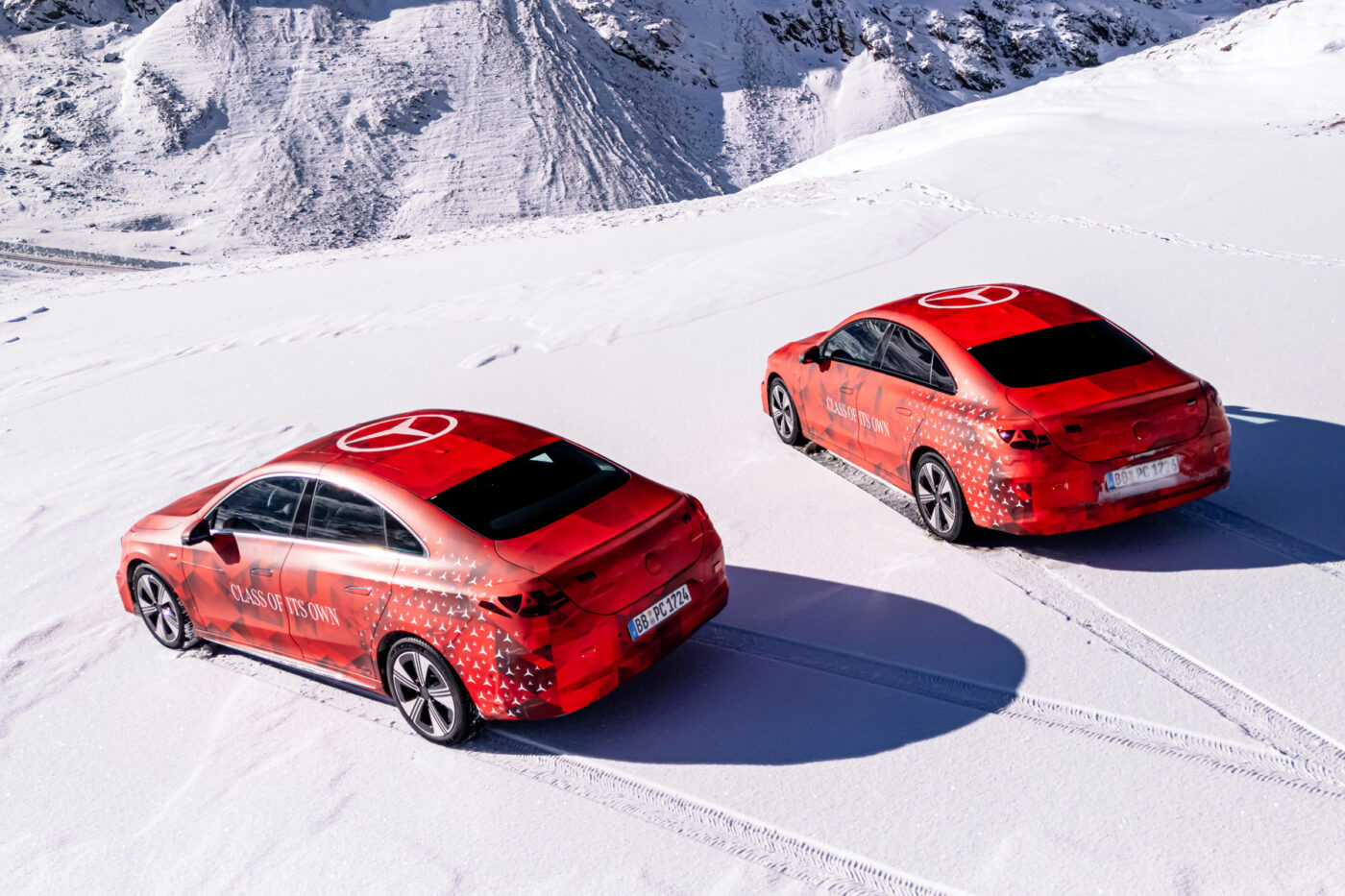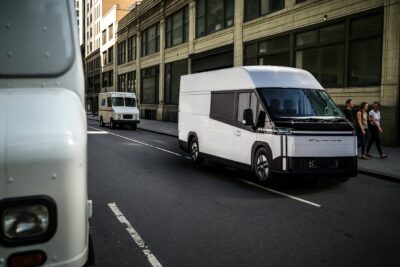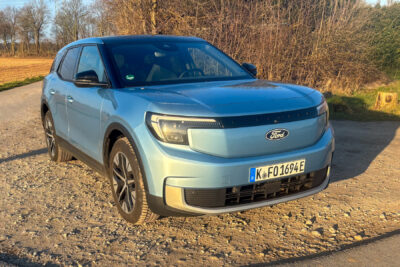Mercedes will launch an electric E-Class
The German manufacturer has not revealed whether the electric E-Class will replace the EQE, but it can be assumed that it will. That is because the abbreviation EQG was already replaced by the model designation G 580 with EQ technology for the electric G-Class before the start of series production. And as the EQE has not been as successful as Mercedes had hoped, a new start with a new name and new technology is likely.
As Mercedes-Benz writes in a recent press release, starting with the CLA this year, a comprehensive product offensive will be launched with dozens of new or revised models by 2027. You can read more about the CLA, which will initially be launched electrically and will later also be offered as a mild hybrid, in our deep dive on the new MMA platform.
At that Tech Day at the Sindelfingen plant, developers had already emphasised that the new technology is no longer about rigid platforms, but a flexible approach. Components such as the electric motors (on the rear axle with a two-speed gearbox), battery modules and control units from the CLA can also be used in larger vehicles, even if these are strictly speaking based on a different platform – such as an electric E-Class.
However, there will be one major difference to the CLA: While, as the new entry-level model at Mercedes, the CLA will be offered on one platform as an electric car and as an ICE or mild hybrid model, vehicles “in the Core and Top-End Vehicles (TEV) segments, the rear-wheel-drive cars will be based on separate, uncompromised BEV/ICE concepts,” says Mercedes. -“Even though the designs will be almost identical.” In other words, the CLA is a vehicle with different drive systems, and from the core segment (i.e. the C-Class) onwards, the electric and combustion models are, strictly speaking, different vehicles on their own platforms. However, as they are intended to look “almost identical,” they are likely to be marketed under a different name than before. “Mercedes-Benz will apply a coherent, status-oriented design across the entire portfolio and customers will primarily decide on a model – and then choose their preferred drive type,” the carmaker explains. Previously, customers in the E-Class segment had to choose between the conventional E-Class or the EQE, which has a deliberately different design.
Mercedes chose this approach so that the BEV and combustion engine models “can exploit their respective strengths, without sacrificing space, elegance, convenience, or efficiency.” Thanks to “intelligent modularisation,” it can offer “best-in-class roominess and perfect proportions while keeping a tight grip on costs and manufacturing flexibility.” However, how the different space ratios will affect the design is not yet known.
The product offensive also includes the introduction of a new electric GLC and the new all-electric E-Class mentioned at the beginning. “Boosted by new BEV model introductions,” Mercedes-Benz aims for an xEV share of more than 30 per cent by 2027. “As the custodians of this iconic brand we ensure that Mercedes-Benz continues leveraging its full potential,” says Mercedes CEO Ola Källenius. “We’re launching the company’s biggest ever product and tech campaign and a comprehensive performance enhancement programme.”
Mercedes has now come under economic pressure with Källenius’ luxury course. The operating result for 2024 fell by 31 per cent compared to the previous year to 13.6 billion euros, while sales fell by 4.5 per cent to 145.5 billion euros. In the important passenger car segment, margins fell from 12.6 per cent to just 8.1 per cent. Mercedes also expects sales and turnover to fall again in the current year. The carmaker thus intends to take countermeasures not only with the announced model offensive by 2027, but also with measures in production. Although no German plants are to be closed, production will be capped at 300,000 vehicles each. Instead, more vehicles are to be built in countries with low wage structures – the proportion will increase from 15 per cent today to 30 per cent by 2027. This refers to production in Hungary, for example, as the costs at the Kecskemét plant are 70 per cent lower than in Germany.





0 Comments